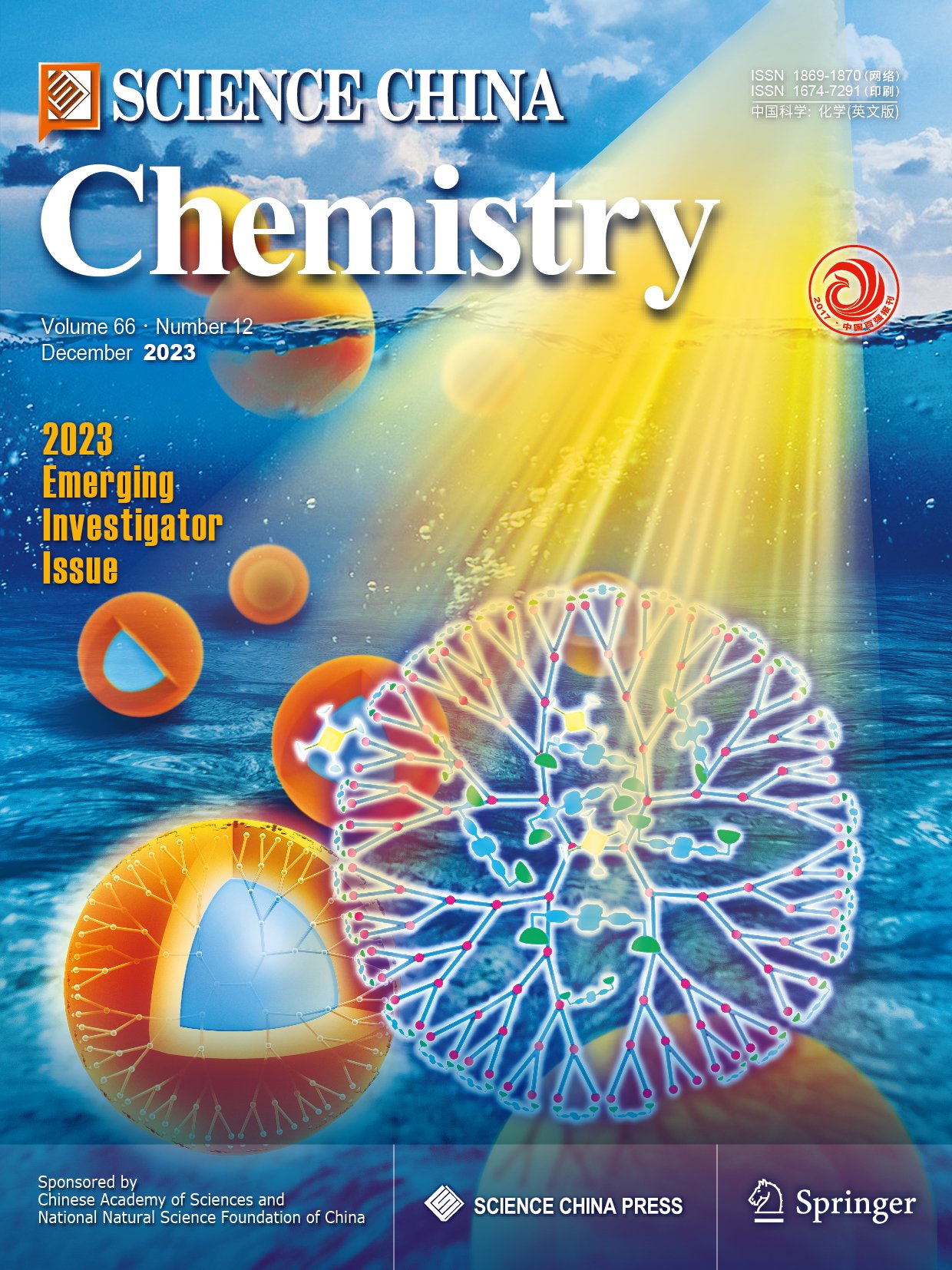2D free-standing ultra-large ferromagnetic nanosheets via a topotactic transformation strategy
Abstract
Considerable progress has been made in synthesizing two-dimensional (2D) materials by exfoliating layered solids. However, for tremendous non-layered inorganic materials, especially magnet solids, usually with closely packed bulk phases by strong chemical bonds, it is challenging to obtain their high-quality 2D sheets. Herein, we highlighted a new structure of free-standing ferromagnetic nanosheets featuring (111) facets. For magnet, Fe3O4, its inversed spinel crystalline has limited abilities to exfoliate into 2D forms and rarely exists as free-standing nanosheets owing to aggregation induced by magnetic force. We realized a breakthrough in achieving free-standing ferromagnetic nanosheets with dramatically surpassing size limitations via topotactic conversion from layered counterparts. Our Fe3O4 nanosheets exhibited a maximum width of 60 µm while only ∼4 nm thick, prominently exposing (111) facets. 2D Fe3O4 behaved anisotropic magnetism, which displayed a 4.6 emu g−1 moment (H=500 Oe) in the (111) plane but 2.1 emu g−1 out of the (111) plane, indicating a (111) in-plane easy axis. We anticipated our topotactic conversion strategy would inspire the creation of 2D non-layered materials and enrich the 2D materials family.

 求助内容:
求助内容: 应助结果提醒方式:
应助结果提醒方式:


